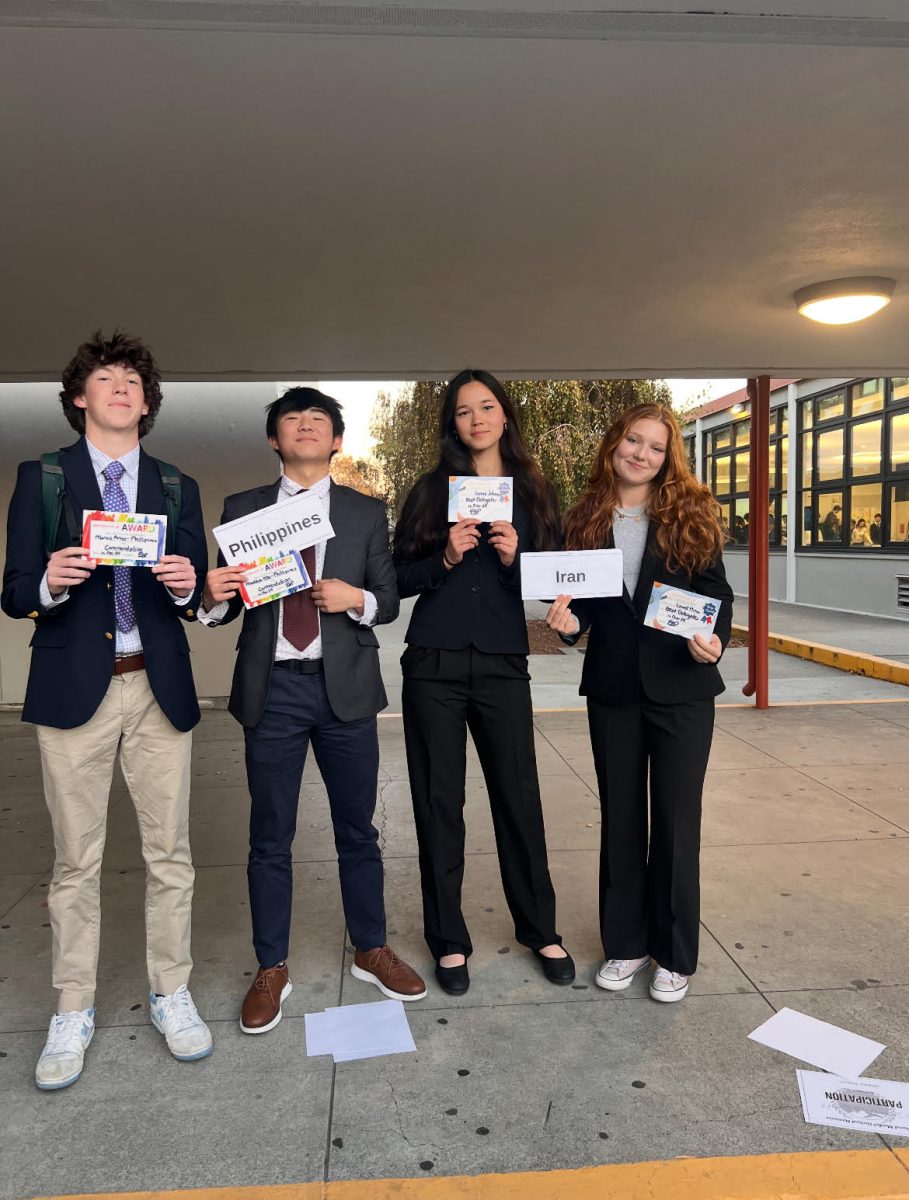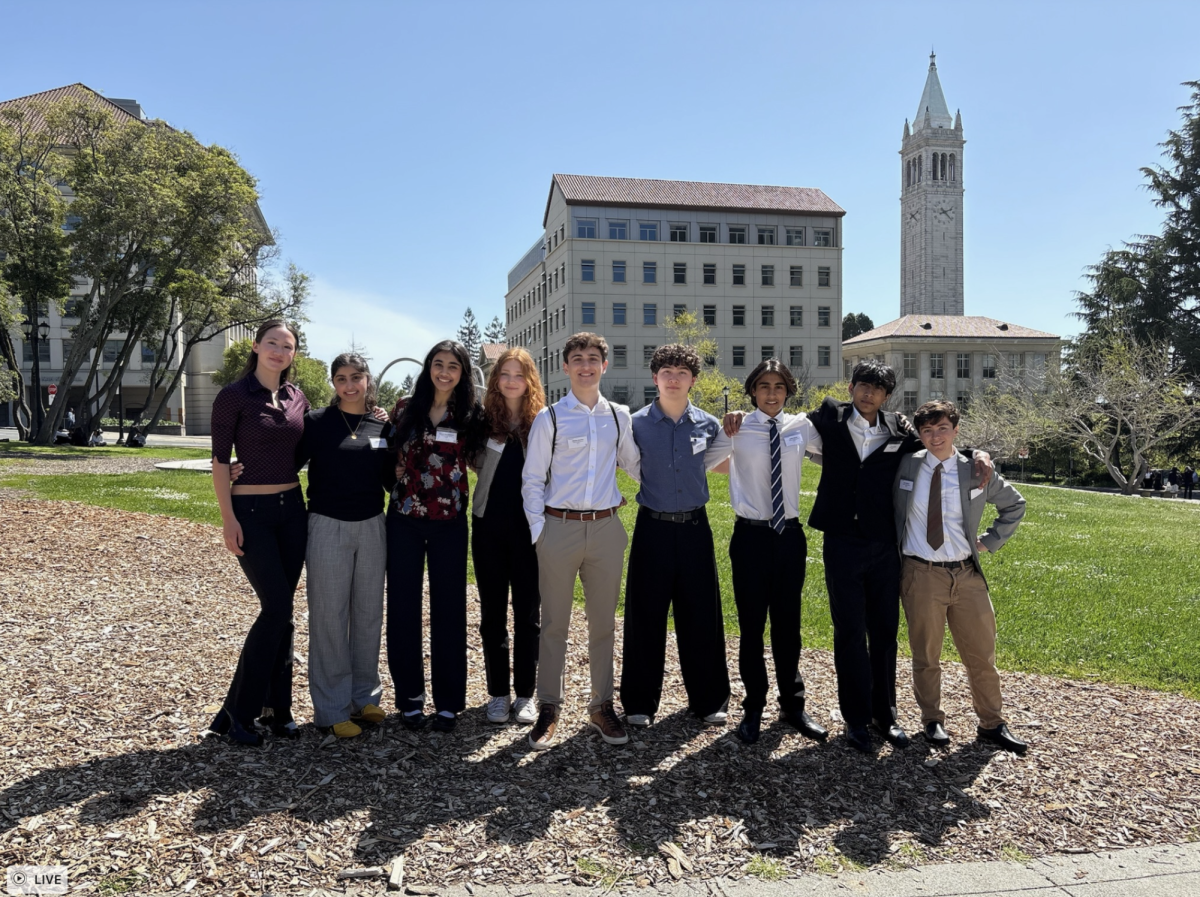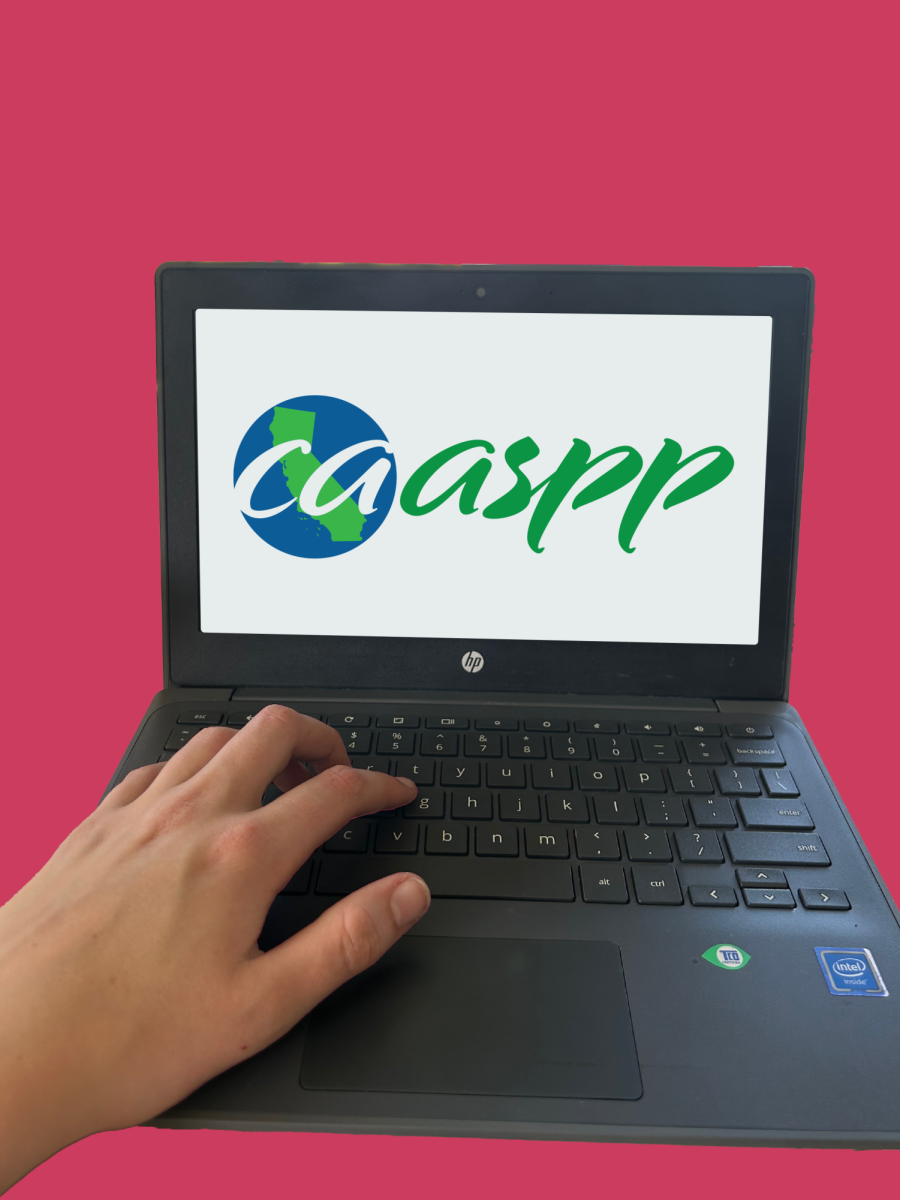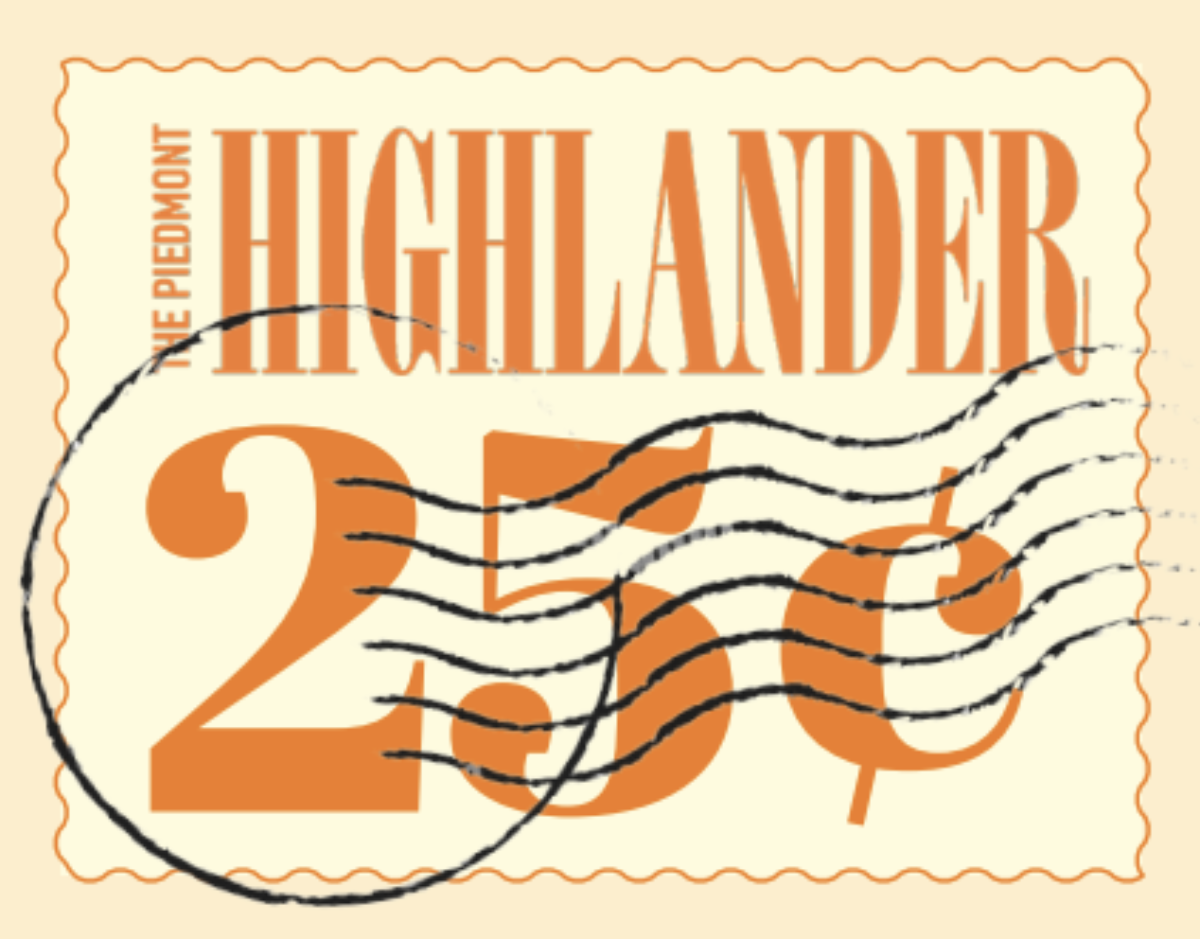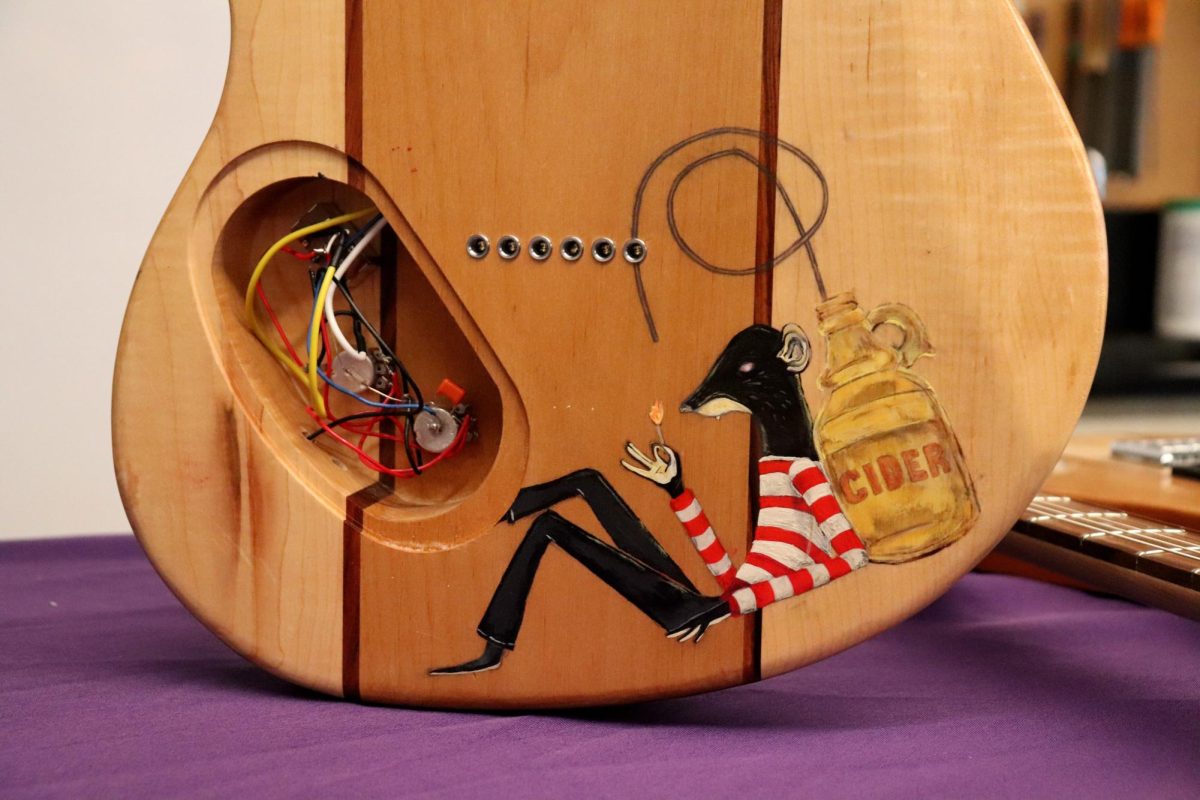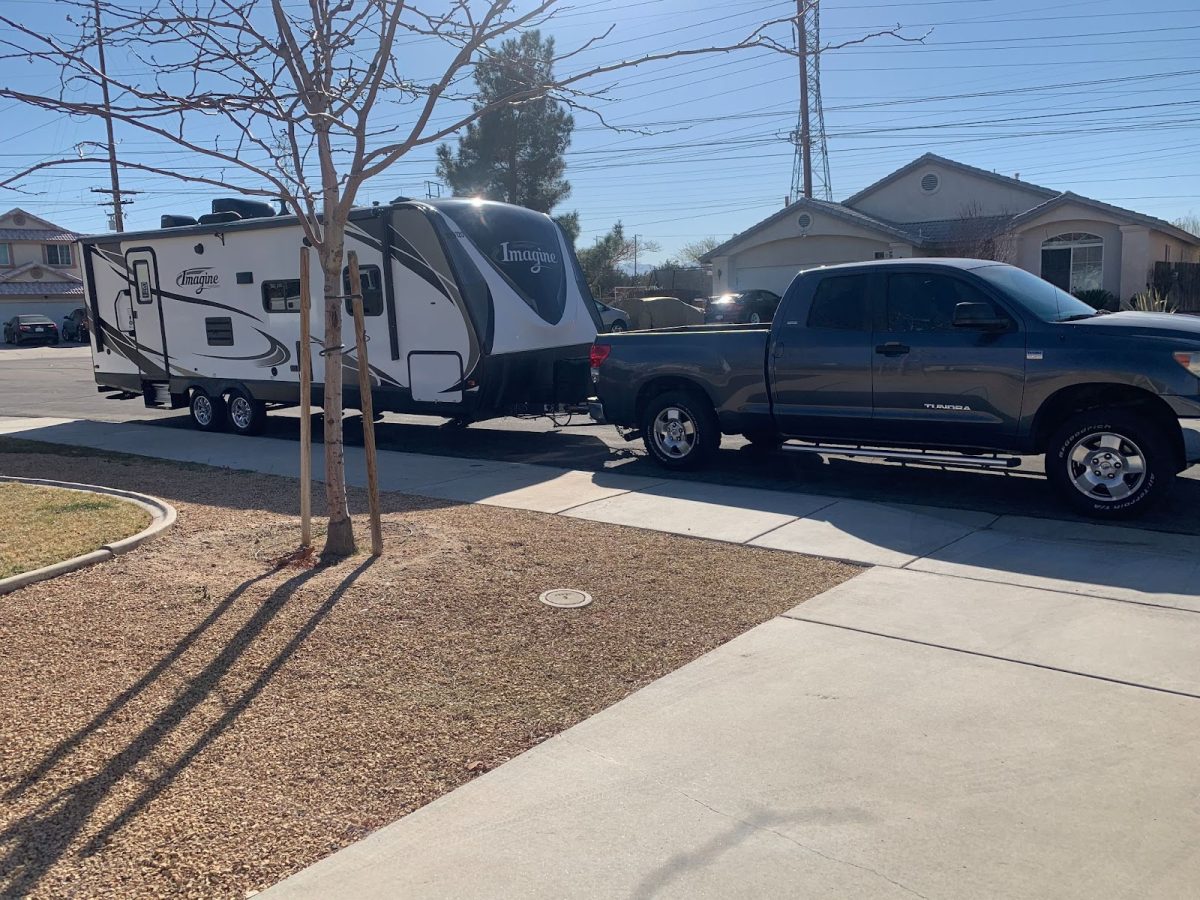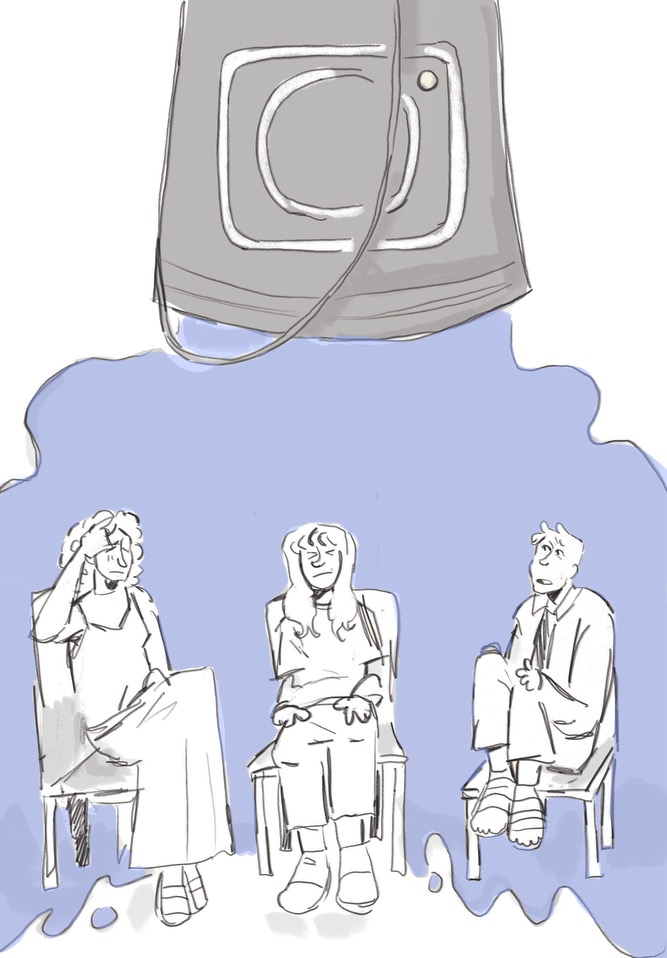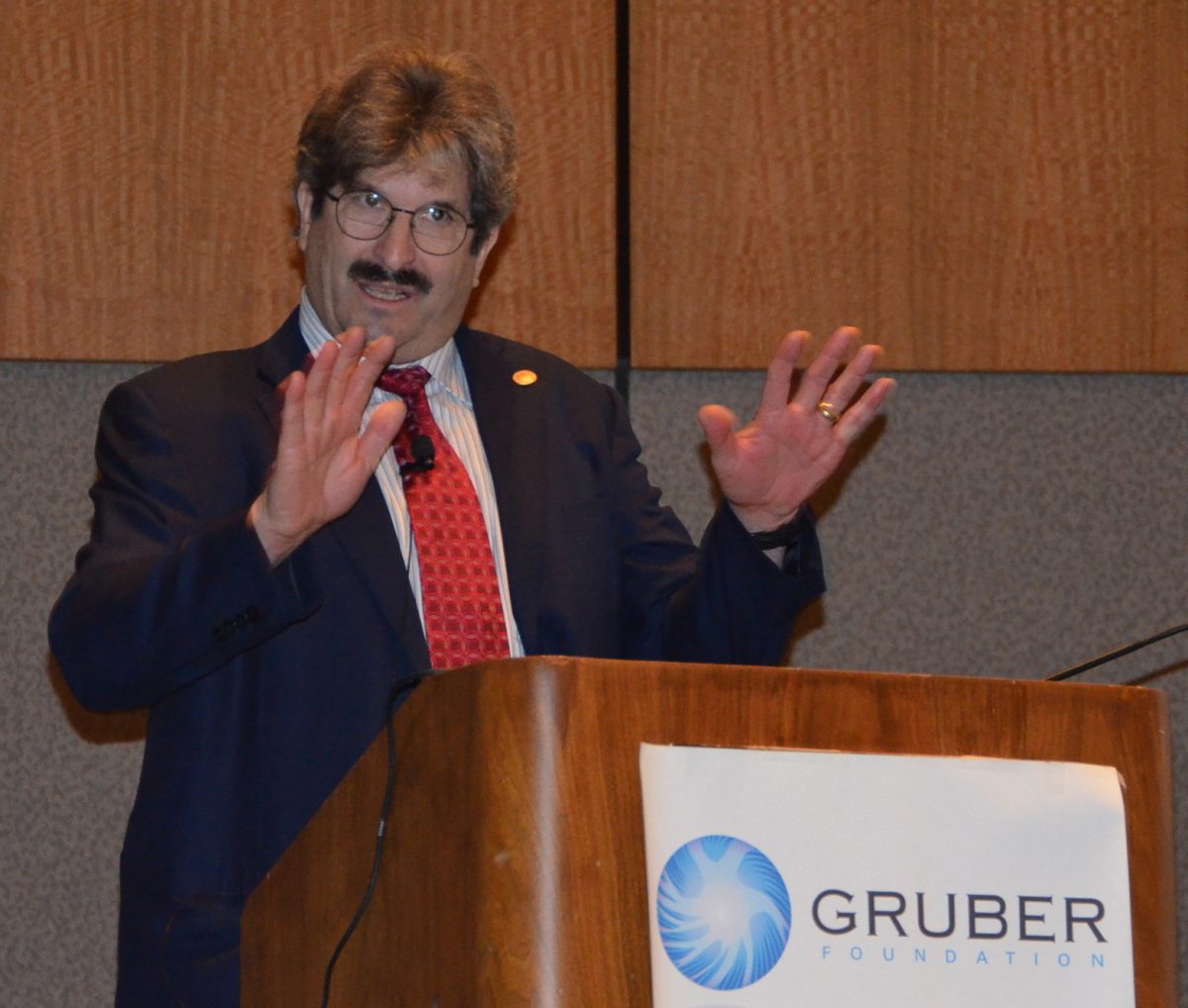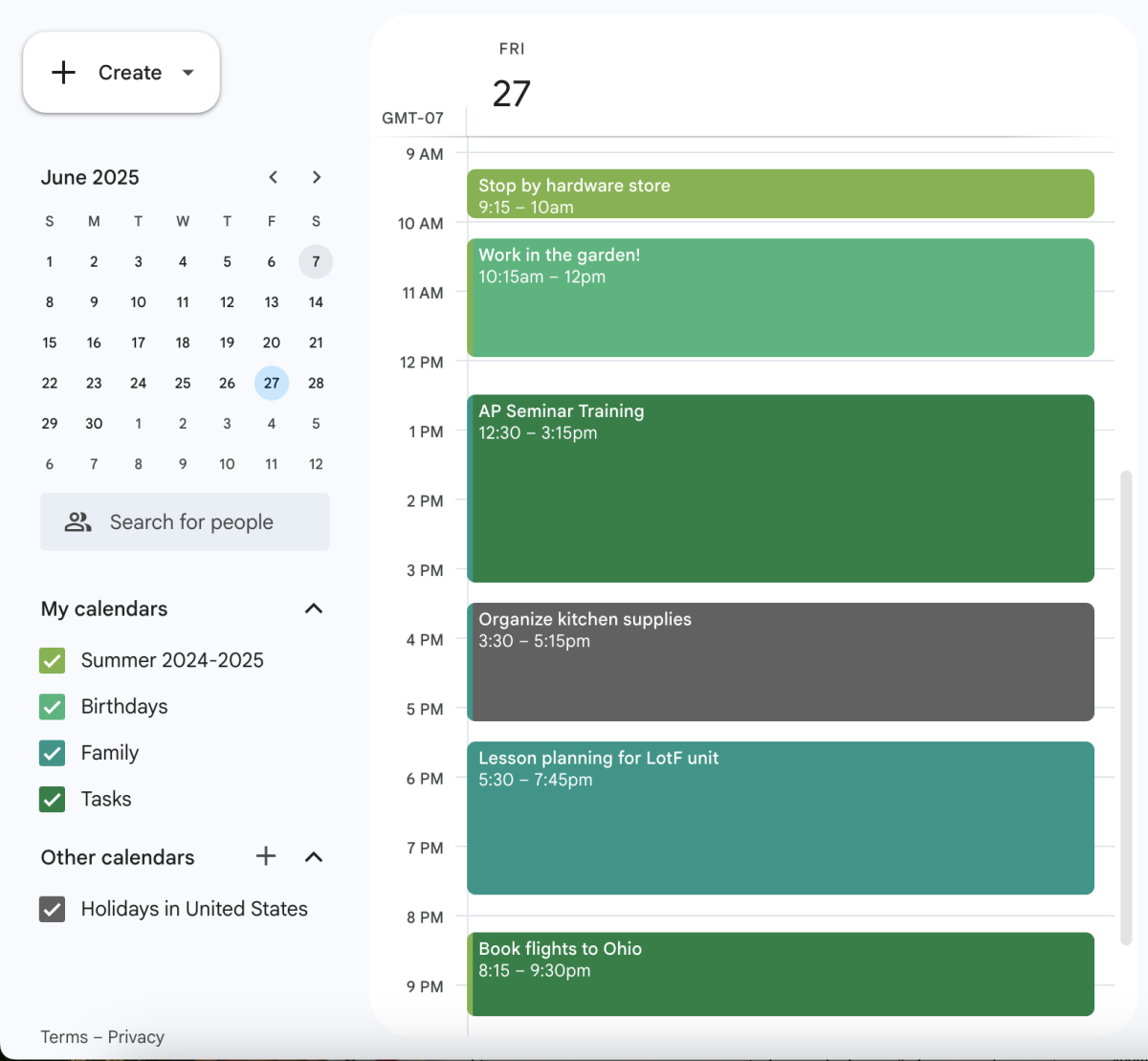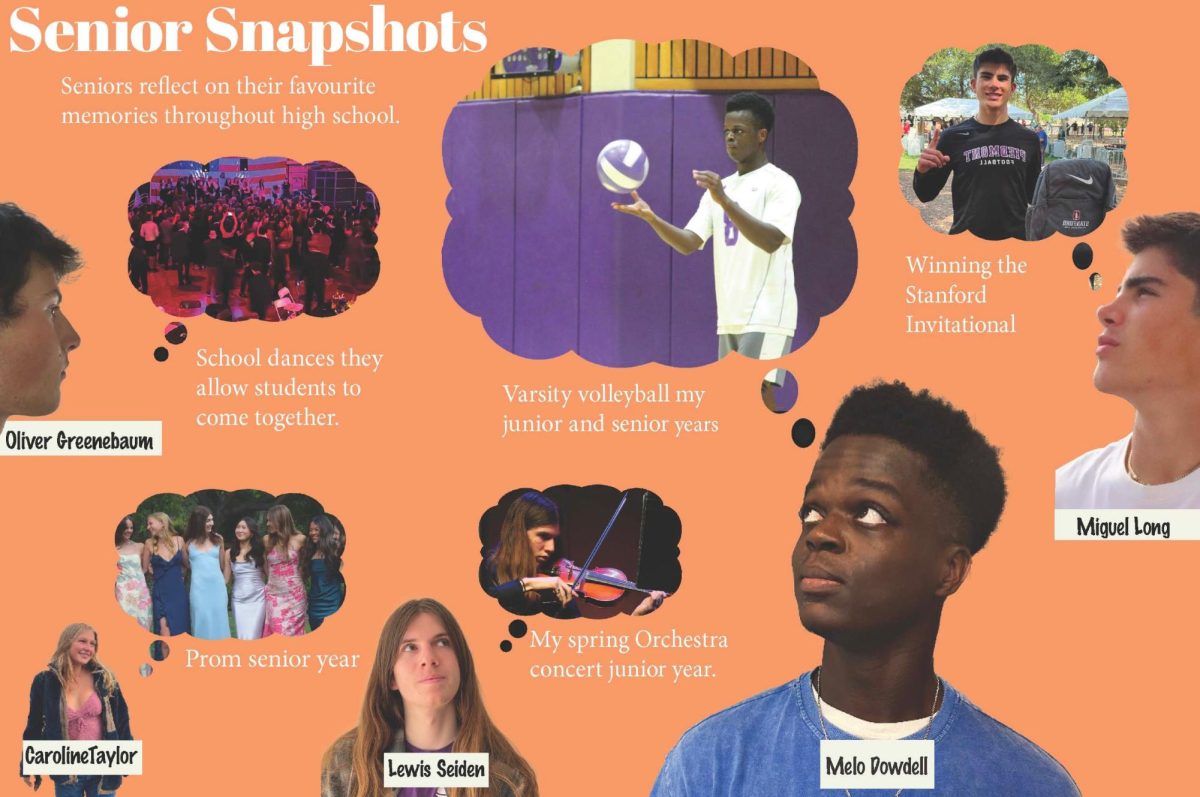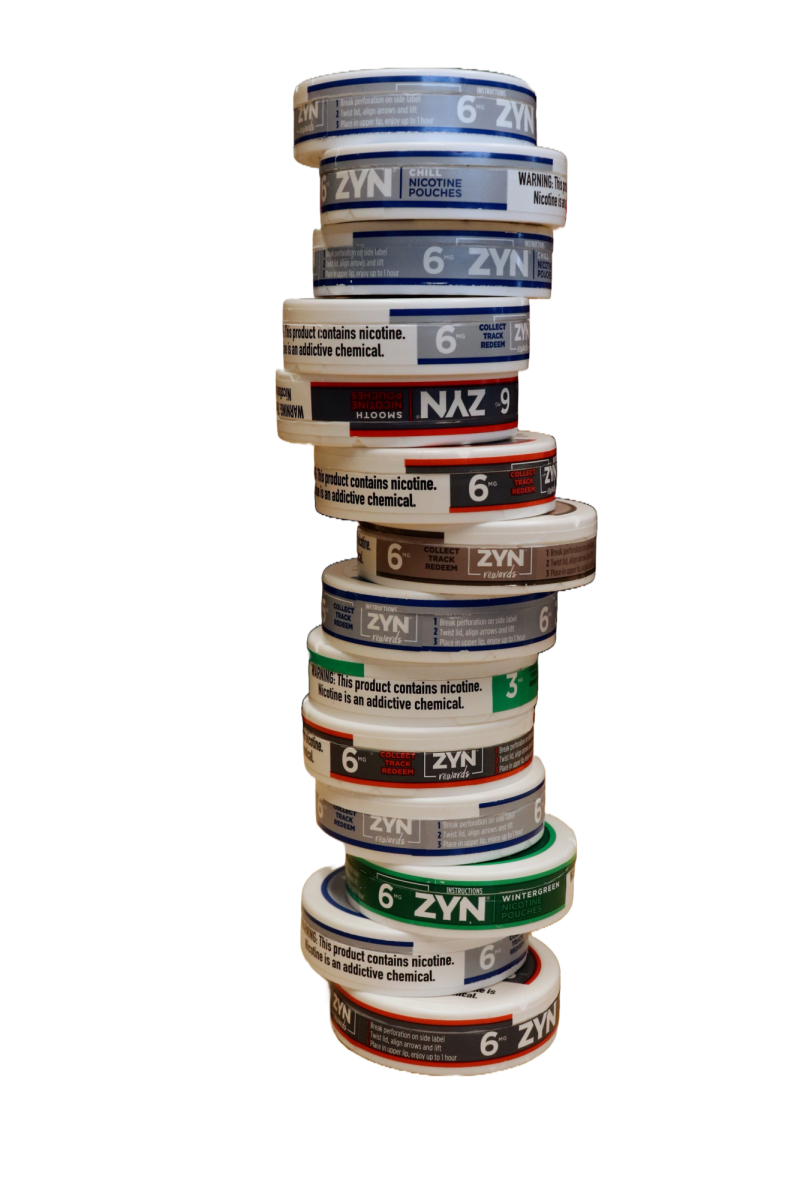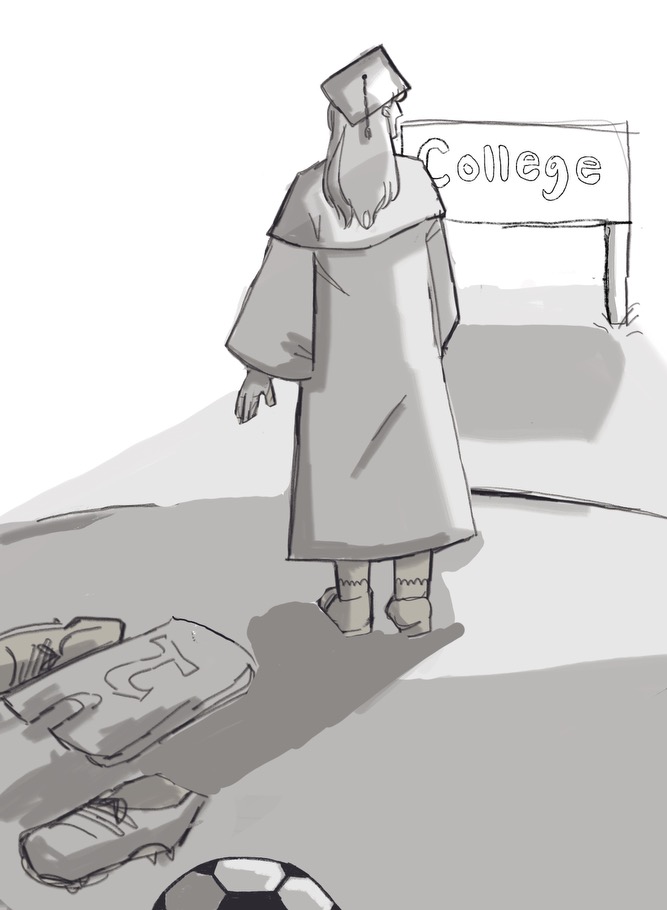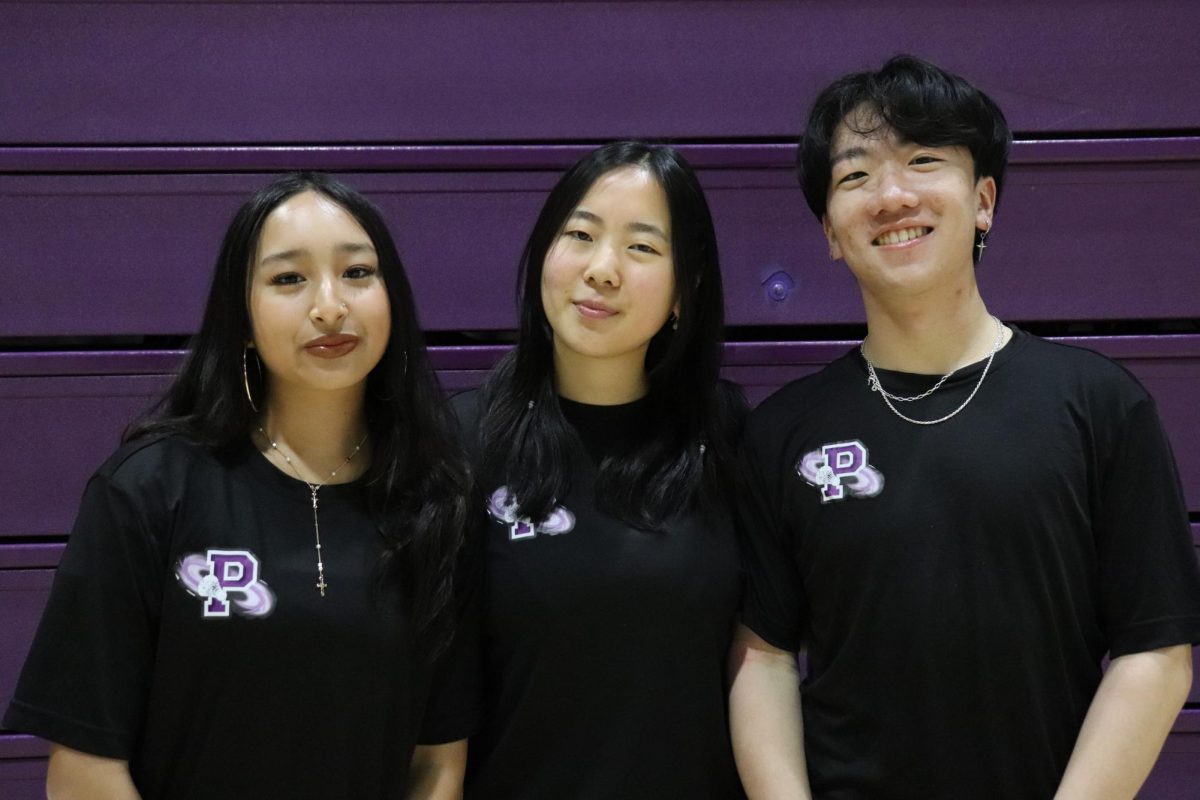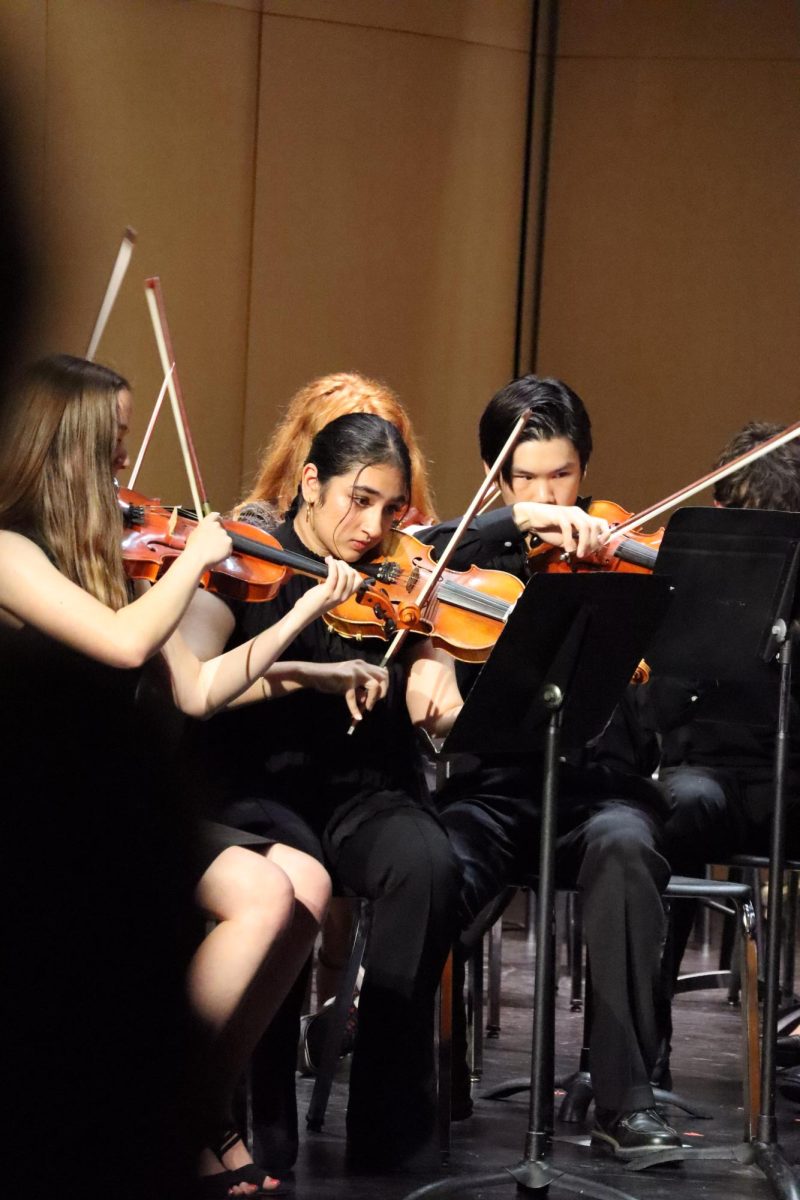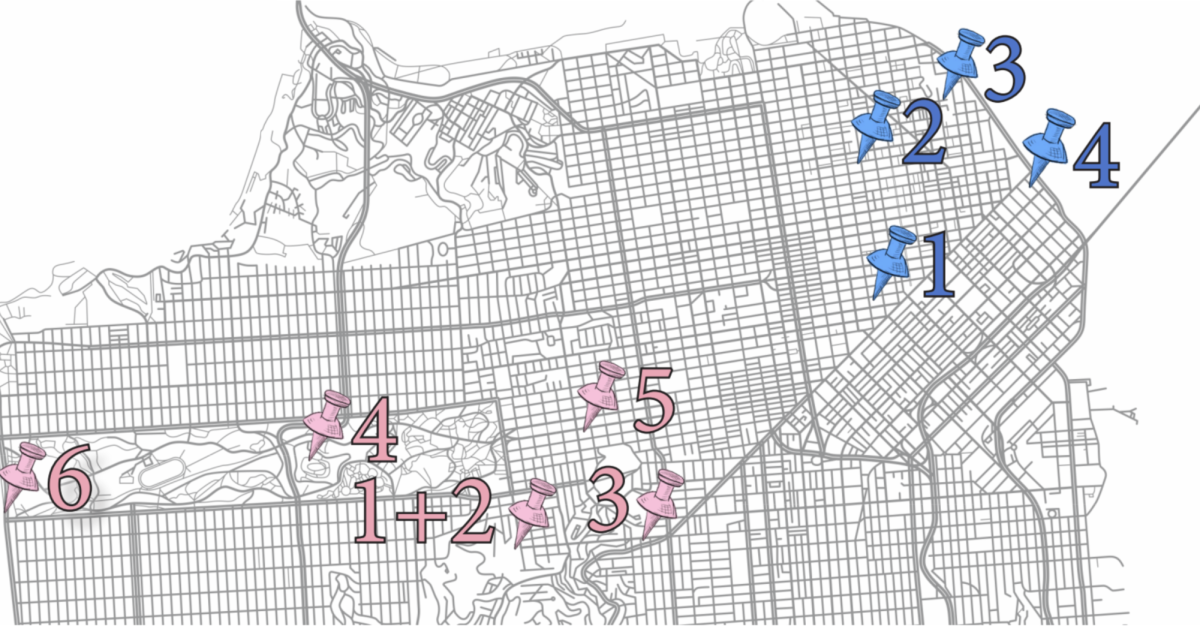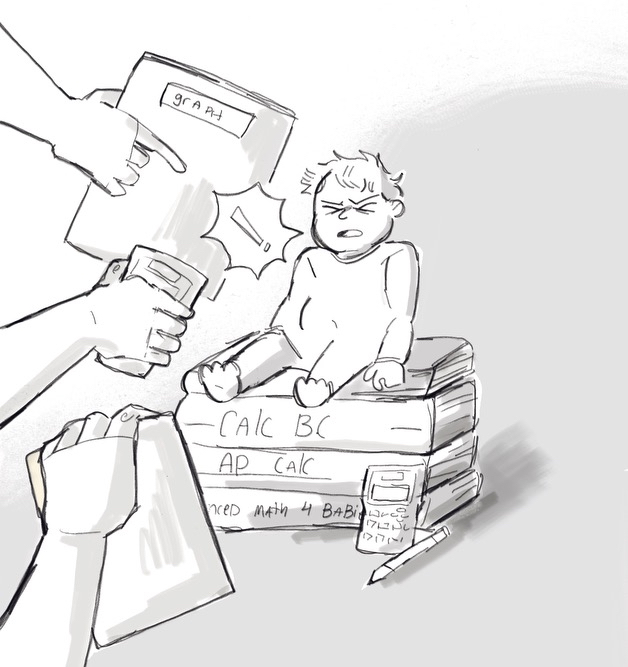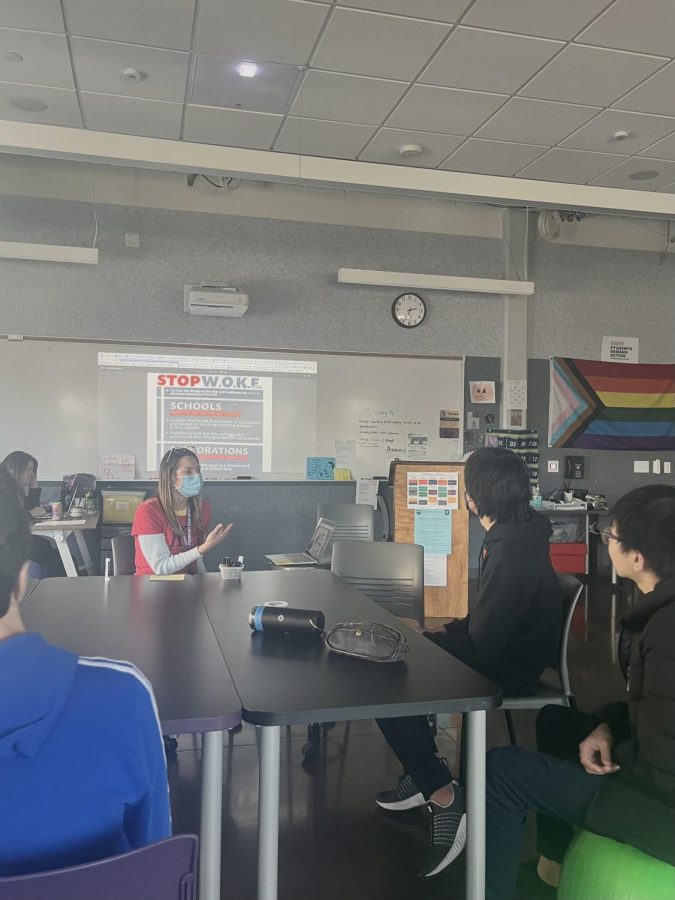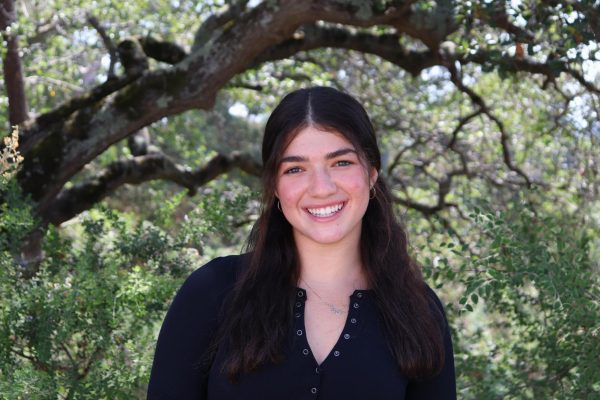A Dive Into The Learning Center
Students having a discussion in the learning center
Feb 16, 2023
In classrooms where students are constantly quizzed on polyatomic ions and independent clauses, one lone room exists as an academic haven: The Learning Center.
Led by Special Education teachers, the Learning Center, referred to as “LC” by students and teachers, services students with Individual Education Plans (IEPs) by providing a space to do homework, complete exams, and get assistance from teachers.
Special Education teacher Michelle Barbera said that the Learning Center is a place for self-regulation.
“It’s supposed to give students accessibility to do what [they] need to do without having all [of] the pressure,” she said.
According to Understood.org, a nonprofit for neurodiverse students, IEPs provide “a blueprint or plan for a child’s special education experience at school.”
IEPs are federal documents that indicate a student’s neurological levels through cognitive and academic testing, Barbara said. After testing, Special Education teachers develop a plan with accommodations, goals, and service support for that specific student.
“The extra time and support I have been given with my IEP helps me break down big assignments, making them less stressful,” freshman Dahlia Osman said.
Alternatively, some students have 504 plans, which are plans that allow schools to remove learning barriers for students with disabilities, according to Understood.org.
“[They have] typical accommodations, like separate settings, extended time, and breaks,” Barbera said. “It’s for people who qualify for support but don’t need an Individualized Education Plan with services like specialized academic instruction or LC.”
Barbera said that IEPs and 504s are not interchangeable. Unlike IEPs, 504 Plans are developed by counselors and administrators. Guidance counselor Christopher Hartford said that approximately 13 percent of PHS’s student population has an IEP, with about 90 of those students in a Learning Center class. General Learning Center classes have approximately 28 students.
“We try to serve every student in a smaller group, and so we’ll have multiple classes across the day to make sure that students are served in a small enough group,” Barbera said.
A typical Learning Center period prioritizes finishing assignments.
“A lot of [LC] students struggle with some executive function aspects. The pressure of time is sometimes a struggle for our students,” Barbera said. “Having time, a space, and a quieter environment to process and apply their skills is very beneficial to them.”
Junior Lucy Wheeler has had a Learning Center period for all three years of high school.
“LC really allows for me to be the best student I can be because it gives me extra time [on assignments] when I need it. With that extra time, I’m more comfortable in school,” Wheeler said.
The Learning Center also has a “transition service” curriculum, focusing on building skills for life after high school.
“It’s really about recognizing students’ strengths, their challenges, and how to apply them in the real world,” Barbera said. “Most of our students are college or career bound, so [we] build those skills to bridge that gap.”
Hayden Lim, current California College of the Arts (CCA) freshman, is a PHS graduate that benefited from the Learning Center.
“It helped me to prepare for what was to come after I graduated high school. It definitely left an impact,” Lim said. “I remember I was really struggling with essays and one of the LC TAs helped me. I took those helpful skills and [applied them] when I took one of my first classes in college.”
Barbera said one aspect of the transition curriculum is to promote growth mindsets, confidence, and independence.
“Confidence building is progressive and continuous. The ability to apply skills with [IEP] accommodations and [gradually eliminate] the accommodations is very motivating for students,” she said.
Taught throughout the four years of high school, Barbera said that the transition services allows students to be ready for independence after high school.
Lim agrees. “Since high school, I’ve been going to classes independently and taking the Learning Center’s helpful suggestions and incorporating them into my college class experiences,” he said.
